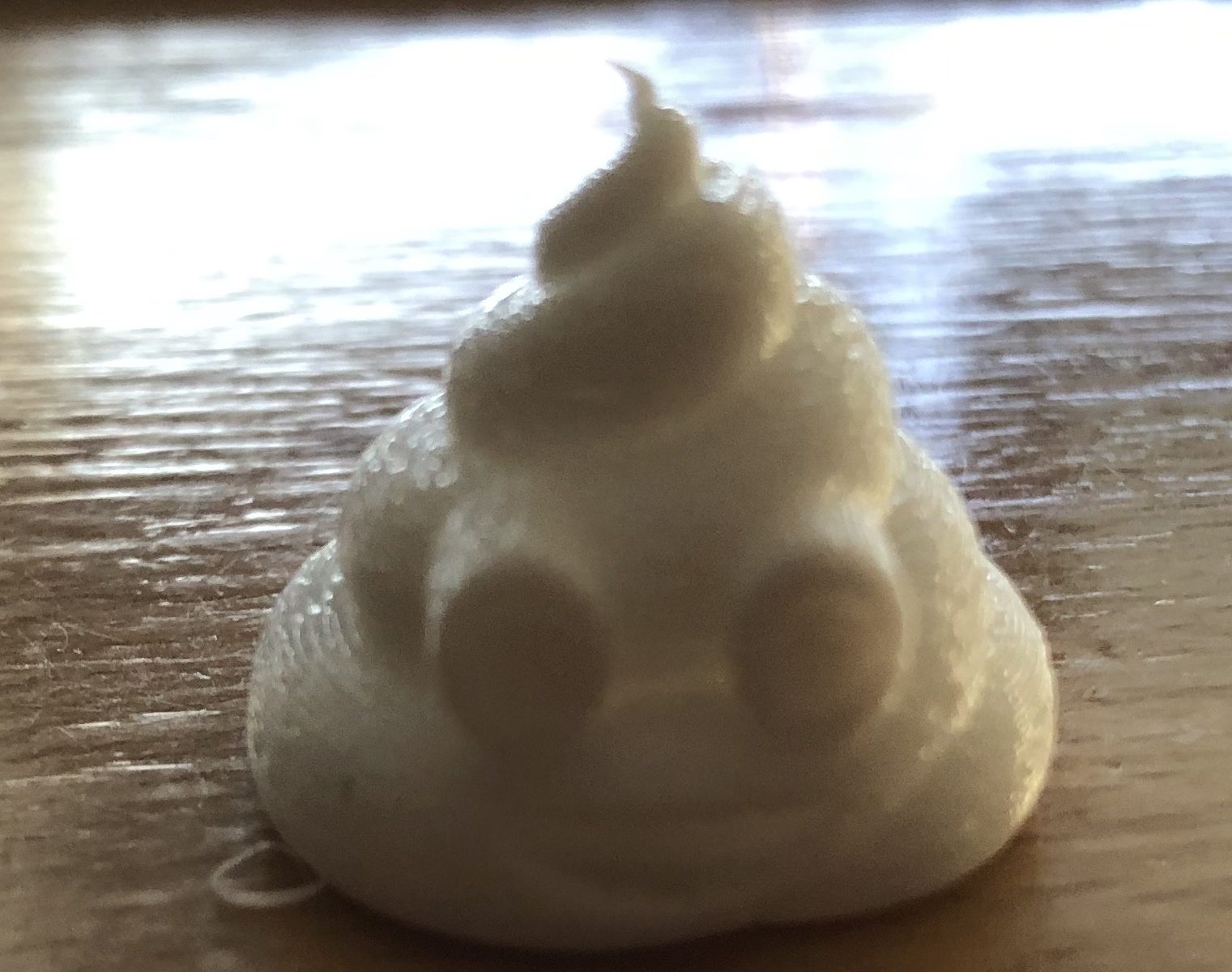When I purchased the Ender 3 Pro, I liked the idea of the magnetic flexible bed so that prints would easily come off of it. Reading on various forums, a large number of people seemed to prefer glass beds with either hairspray or a glue stick to get prints to stick to the bed. I’ve had good success with the magnetic bed, so I just filed the glass bed information in the back of my head.
As I wrote recently, I’ve been printing using flexible filament just because I think it is kind of neat. The ease with which I was able to print amazed me as I had read about people having problems left and right with flexible filament. In response to a video about a broken extruder by Chuck Hellebuyck, I commented that I had no problems printing TPU using on my Ender 3. Chuck pointed out that there are different types of TPU characterized by their shore hardness, which should have been obvious to me, but didn’t dawn on me until Chuck’s response. The SainSmart Flexible TPU filament has a shore hardness of 95A meaning it is pretty stiff and basically prints like PLA. This got me curious about printing more flexible filaments, so I purchased a roll of NinjaTek NinjaFlex which has a shore hardness of 85A and is basically light spaghetti.
My first print with it with the following settings:
- Infill density: 10%
- Print Speed: 10 mm/s
- Regular Fan Speed: 0%
- Regular Fan Speed at Layer: 1
- Material Flow: 110%
- Enable Retraction: Off
Seemed to work OK, but the bottom layer wasn’t the best.
After thinking I was successful, I tried printing a poop emoji for my son. No matter what I tried, I couldn’t get the TPU to stick to the bed. After a few unsuccessful tries, the filament started jamming in the extruder. Ah yes, exactly what Chuck said would happen. I ordered an EZR Struder to help with the extruding. However, that would only solve part of the problem. The other part was getting the print to stick to the bed.
I was somewhat prepared to use a glass bed as my wife had some scrap glass from a project of hers and I asked her to save a few pieces for me. She cut down the glass for me and then I beveled the edge and polished the edges. I removed the magnetic build sheet and put the glass bed on top of the magnetic layer on the bed. Since I could only find one binder clip, I used blue painter’s tape to tape the glass to the bed.
For my first test, I cleaned the glass, put down 3 layers of glue, and printed a test cube. It printed out quite well, but was a bit of a challenge getting off the glass. I really liked how smooth the bottom of the cube was compared to the magnetic bed.
For my next test after installing the EZR Struder was to print a small poop emoji. From the settings above, I increased the flow to 115%. I put down the layer of glue and printed. The print came out flawlessly and it had no problems during the print.
Lessons learned:
- Different hardness TPU prints differently (duh!)
- A glass bed with a glue stick makes a world of difference in adhering prints (especially TPU) to the bed
- The EZR Struder is absolutely necessary to print more flexible TPU; if you are printing the stiffer TPU, the stock (or replacement metal) extruder works fine.
With this new setup, can I print the NinjaFlex faster? Only one way to know and that’s to try it!
I’m quite pleased with the new extruder and the glass bed. 3D Printing is definitely a trial and error process. Each change, be it large or small, can have huge ramifications. If you combine them, it makes it even harder to figure out what is good. I’m having fun with this and learning a huge amount.
